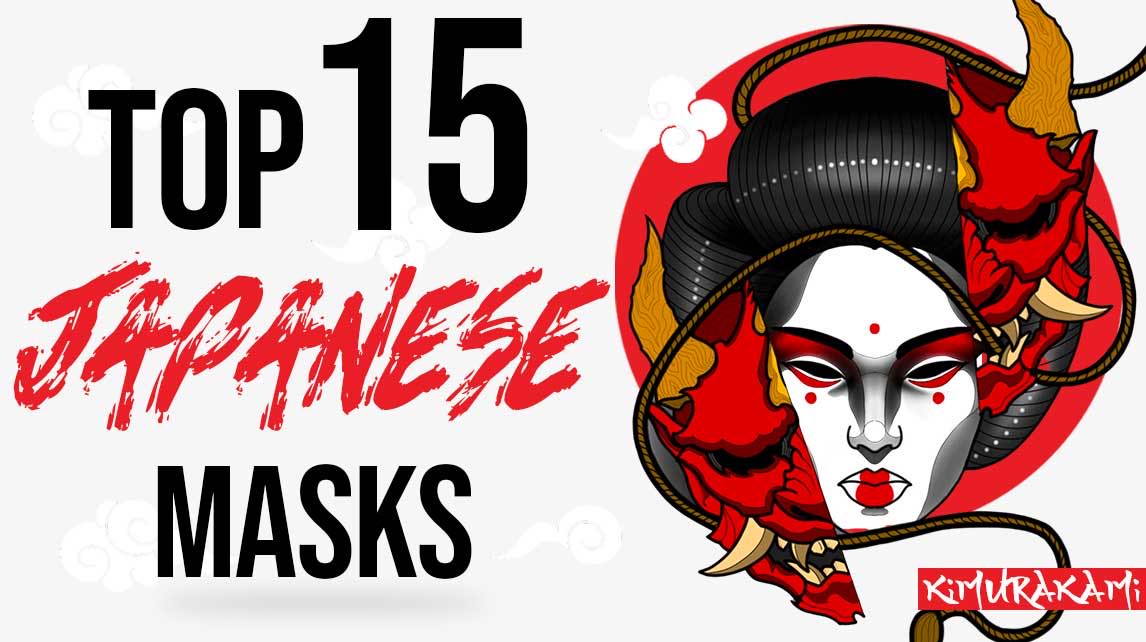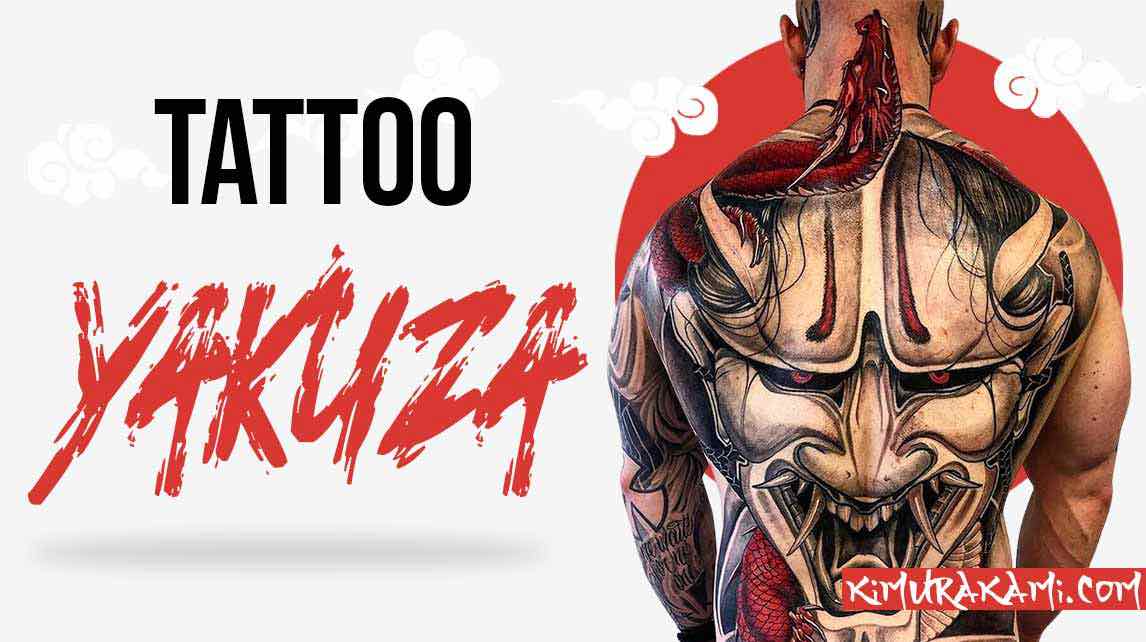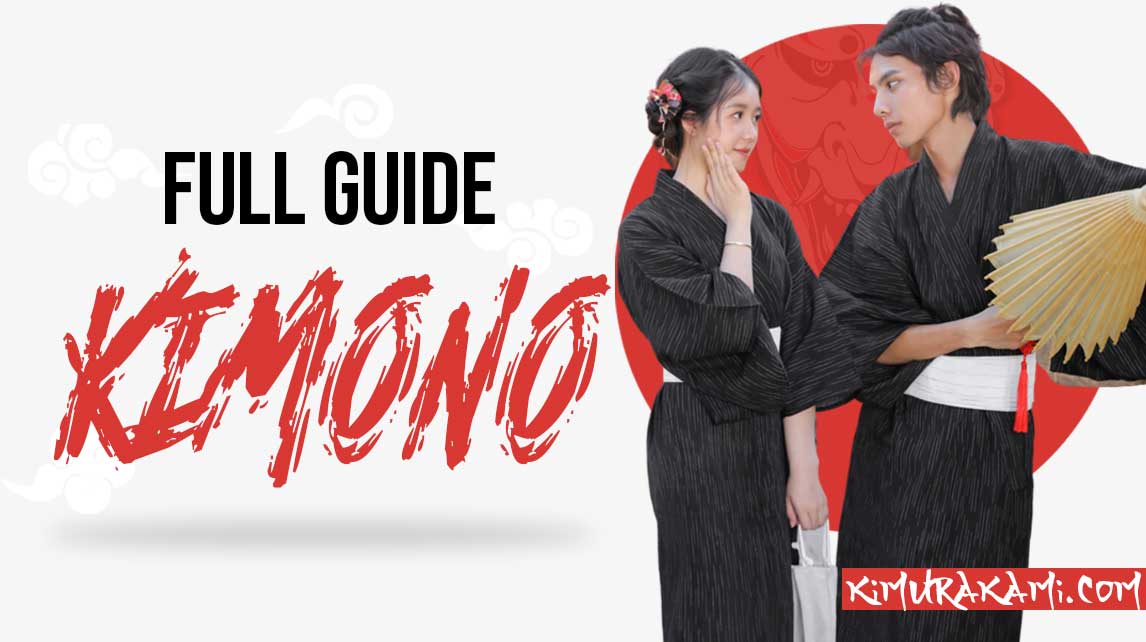The kitsune mask is a Japanese accessory inseparable from the Japanese popular culture. This mask and the red and white drawings in the colors of the country of the rising sun appear frequently in animes, mangas and in Japanese arts overall.
If you are a little bit interested in Japan, you may have already seen this fox mask in Japanese festivals. In fact, many Westerners tend to consider it as an unimportant accessory. However, its origin dates back to the glorious times of samurai warriors, geisha and shinobi. You can learn more about the fox god in our article named what is a kitsune?
This mythological and fantastic Japanese spirit is associated with many urban legends. The Japanese fox as well as the torii doors, the cherry blossom, the katana sword or the kimono is one of the symbolic elements of the Japanese culture.
But it is also closely related to the religious practices of the Shinto religion. In fact, the kitsune mask is the perfect incarnation to symbolize this Japanese god! The Japan history about masks is old and incredible. This is why the kitsune mask is not only a legend but also a physical object.
For all these reasons, this japanese oni mask of the fox demon has a much greater cultural significance than one might initially assume. In order to understand better the meaning of the kitsune demon mask, we will see in this article:
- The origins of the Kitsune myth
- Wher can you see Kitsune masks?
- The influence of the Kitsune yokai mask on the manga culture
- Where can you buy fox demon masks in Japan?
Kitsune Legend
First of all, the word kitsune (狐) symbolizes the fox god in Japan. It is a supernatural spirit, also called yokai in Japanese folklore. Like his cousin the tanuki (狸), he is know to have divine powers. He is also by the way the messenger of the goddess Inari!
 Kitsune yokai / Kitsune yokai with a white fox mask / Adobe License
Kitsune yokai / Kitsune yokai with a white fox mask / Adobe License
In some areas of Japan, the Shintoist worship of the foxes is even more venerated than that of the Japanese goddess they serve.
1. Kitsune power
All sacred foxes have mysterious and magical powers. Japanese legends say that kitsune fox are polymorph, it means that they can imitate the human form.
Their polymorphic power is so powerful that they are able to transform themselves into living creatures or any other objects. The powers of the Japanese fox god increase with age and wisdom.
Kami foxes are contradictory creatures. The Japanese people consider them as malevolent or benevolent depending on the context! They are Kami (Japanese deity) and also oni (Japanese yokai demon)!
2. The different types of kitsune
Some foxes use their sacred magic to do good while others use it for evil purposes. They are described as swindlers.
 Kitsune woman / Kitsune woman with Japanese lantern
Kitsune woman / Kitsune woman with Japanese lantern
Some stories are innocuous while others mix love, passion and hate. Sometimes couples of supernatural humans and foxes are formed.
Japanese mythology establish a list of thirteen different type of kitsune, here is the list :
- Tengoku: the celestial kitsune
- Kukan: the Dark Kitsune
- Kaze: the kitsune of the wind
- Yama: the kitsune of the mountain
- Mori: the kitsune of the drill
- Sanda: the kitsune of thunder
- Tengoku: the celestial kitsune
- Seishin: the fox spirit
- Kasai: the kitsune of fire
- Chikyu: the kitsune of the earth
- Kawa: the river kitsune
- Umi: the kitsune of the ocean and the sea
- Jikan: the kitsune of time
- Ongaku: the kitsune of sound
The fox demons role
1. Shinto Kitsune
The Shinto is one of the main religion in Japan. The shinto believer considered the fox as a messenger of Inari. She is the Japanese deity of agriculture, rice, industry and also the fertility guardian.
Shrines dedicated to Inari include statues of foxes. Worshippers often make offerings of sake, rice, and many other foods to appease Inari's messengers.
 Shinto Kitsune / Kitsune Statue with the effigy of Japanese kami surrounded by torii from Japan
Shinto Kitsune / Kitsune Statue with the effigy of Japanese kami surrounded by torii from Japan
The best offering to honor the magical fox is an inarizushi. It’s a kind of sweet fried tofu cooked with rice. It is called Inari because fried tofu is considered to be the favorite food of the fox. Moreover, the corners of the tofu look a little bit like fox ears!
In Japan, almost 40% of the temples are dedicated to the goddess Inari and kitsune foxes. We recognize these Shinto shrines thanks to the red Torii doors located at the entrance!
If you wish to know more about the link between the kitsune and the Japanese culture, we recommend you to read our article on the Japanese fox!
2. Kitsune no yomeiri
Japanese myths tell stories about foxes seducing men thanks to their beautiful woman appearance. Also some legends about how the mischievous demons disguise themselves as monks or old men to swindle some gullible villagers.
 Source image triangulations / Kitsune no yomeiri with a married woman wearing a white Japanese mask
Source image triangulations / Kitsune no yomeiri with a married woman wearing a white Japanese mask
The fox marriage is also called the Kitsune no Yomeiri. This Japanese legend comes from rain showers on sunny days and mysterious lights floating at night. These strange phenomena are attributed to the changing nature of foxes. The members of the procession wear a Japanese Kitsune mask to reconstruct the Japanese legend!
3. Kitsune no oji
It is also common to see a fox mask at Japanese festivals, such as the Oji Fox Parade. It is inspired by the Japanese rites according to which all the foxes of the region used to disguise themselves as human on New Year's Eve to pay tribute to the Oji Shrine (dedicated to the Inari divinity)!
 Source photo Inews / Man wearing a kitsune oji mask
Source photo Inews / Man wearing a kitsune oji mask
Every year, hundreds of masked women and men (and maybe masked foxes?) always gather to celebrate the Japanese New Year and pay tribute to the gods!
4. Japanese theater mask
Japanese masks are in general closely related to religion. Although their roots are in dance and theatrical performances, over the centuries they have begun to merge with religious rituals and ceremonies.
No masks are probably the best known. They are often seen in Japanese pop culture. But many people are unaware that Noh masks are only a glimpse of the different categories of masks in Japan.
There are also Kyogen masks and Kagura masks (it is a Shinto ritual dance). Kitsune masks are in fact a basic element of the Kyogen theater style unlike Noh. The japanese kitsune mask is really related to Kagura because of their link with Inary ands shinto !
5. Kagura mask
Kagura performances are traditionally held in honor of Shinto deities, especially at harvest time to pray for abundance.
 Source images tokyobling during the Hachioji Festival / Kimura Design
Source images tokyobling during the Hachioji Festival / Kimura Design
In some traditional forms of Kagura, Japanese priestesses and priestes perform graceful and ceremonial dances. But there are also extravagant versions where masks and costumes are used!
6. Japanese festival mask
In order to coincide with the rice harvest season, a lot of shrines hold their festival in early fall or late summer !
Inari being the deity of rice and agriculture, it is closely associated with festivals. This probably explains why kitsune demon masks have become such an important symbol of Japanese festivals.
7. Kitsune Tatoo
Here, Japanese irezumi tattoos are often associated with yakuzas or criminals in general. The latter were tattooed as a punishment! Nowadays the traditional Irezumi tattoo art is known throughout all around the world.
 Left: kitsune split mask tattoo by Oozy / Right: Japanese Fox tattoo by Regino Gonzale
Left: kitsune split mask tattoo by Oozy / Right: Japanese Fox tattoo by Regino Gonzale
Tattoo artists are inspired by the Japanese mythological beasts and creatures of Japanese history. The kitsune and the kitsune mask are thus often represented in the respect of the Irezumi tradition.
If you want to learn more, we have written an article about the meaning of traditional Japanese tattoos!
Kitsune manga mask
Kitsune masks occasionally appear in cartoons, or Japanese manga. This is quite paradoxical because in real life, yokai fox masks are worn as part of festivities while in manga, they are used in dark or mysterious situations.
Here is our selection of the most emblematic manga or anime:
1. Naruto
In the famous manga Naruto, the village of Konoha is attacked by the nine-tailed fox demon Kyubi.
The latter was controlled by a member of the Uchiwa clan whose identity will not be revealed here to avoid spoilers. The kitsune demon will finally be sealed in Naruto's body while he is still a baby.
 Kitsune masque anbu naruto
Kitsune masque anbu naruto
As we advance through the manga, we discover that there is a secret operations team that undertakes dangerous missions to protect the hidden village from the leaf. They are called shadow soldiers: the Anbu.
They are knows as wearing traditional kitsune masks. Shinobi warrior hold a Anbu mask in order to hide their secret identity. Each shinobi village has its own team. Although the masks looks similar, they each have slightly different marks and Japanese style depending on the shinobi villages!
2. Dragon Ball
In the japanese manga Dragon Ball, Gohan's grandfather wears a kitsune mask to fight his son Goku.

Gohan's grandfather has trained Goku in martial arts, and knows perfectly well his weaknesses. He wishes to make him aware of them. He fight against Goku as a rival and opponent and not as a master !
3. Kakurenbo
In this Japanese manga, eight children play a sinister game of hide-and-seek. They are chased by oni demons (equivalent of our monsters from the underworld).
 Kakurenbo Mask kitsune of the Japanese anime Kakurenbo
Kakurenbo Mask kitsune of the Japanese anime Kakurenbo
Each participant wears a different mask. It is mandatory to wear a fox mask to play. In this weird game the child named "that" among the other human children is possessed by the fox demon, hence the kitsune masks. Due to the fact that all players wear masks, the fox demon can hide among them.
4. Texhonolyze
In Texhnolyze, Ran's Kitsune mask symbolizes his prophetic self. She’s able to see the future. Unfortunately for her, this power is more a curse than a blessing. Her hometown is called Gabe. It’s an agricultural community.

The link with the kitsune and this manga is because Inari is the also the god of crops. Ran's Japanese Kitsune mask has an additional meaning that indicates his high status through this subtle cultural reference.
5. Hotarubi no Mori e
One of Hotarubi no Mori-e's main characters, Gin, wears a Kitsune fox mask to "look less human". He looks like a normal boy, but in reality, he is not.

In this story, the mask symbolizes his feelings towards Hotaru. Although he is initially quite careful with her, he begins to remove his mask gradually as they get closer. He will end up giving it to her! (sorry for the spoilers !)
Where can you buy a Kitsune mask in Japan?
We have seen in this article why Kitsune mask is important in the Japanese society. The fox mask is much more than just a Japanese accessory worn during matsuri.

The fox cult is ancient and impregnated in many fields such as art, myths and mangas!
Ancient Japanese masks can reach high prices and be very expensive. If you travel to Japan, you can find them in antique stores in the Gion district of Kyoto on Shinmonzen Dori and Furumonzen Dori. You can also buy it monthly at Toi temple during antique fairs.
If you unfortunately don't have the opportunity to go to Kyoto, and :
- you are in the middle of preparing a cosplay costume disguise
- you are looking for a traditional accessory
- you want to find your next Halloween mask
- you plan to upgrade your traditional Japanese clothing
Don't panic ...
We offer you our own collection of Kitsune Japanese masks, ranging from hand-made masks by one of our craftsmen, to traditional Japanese festival masks!











Leave a comment